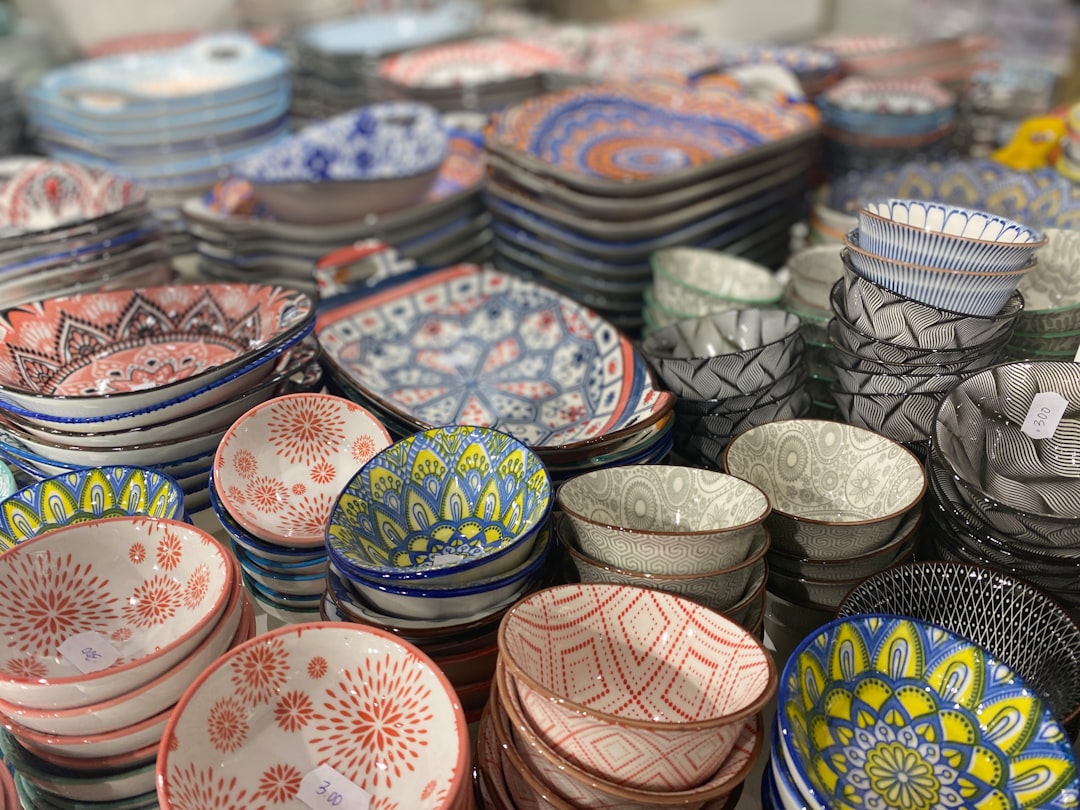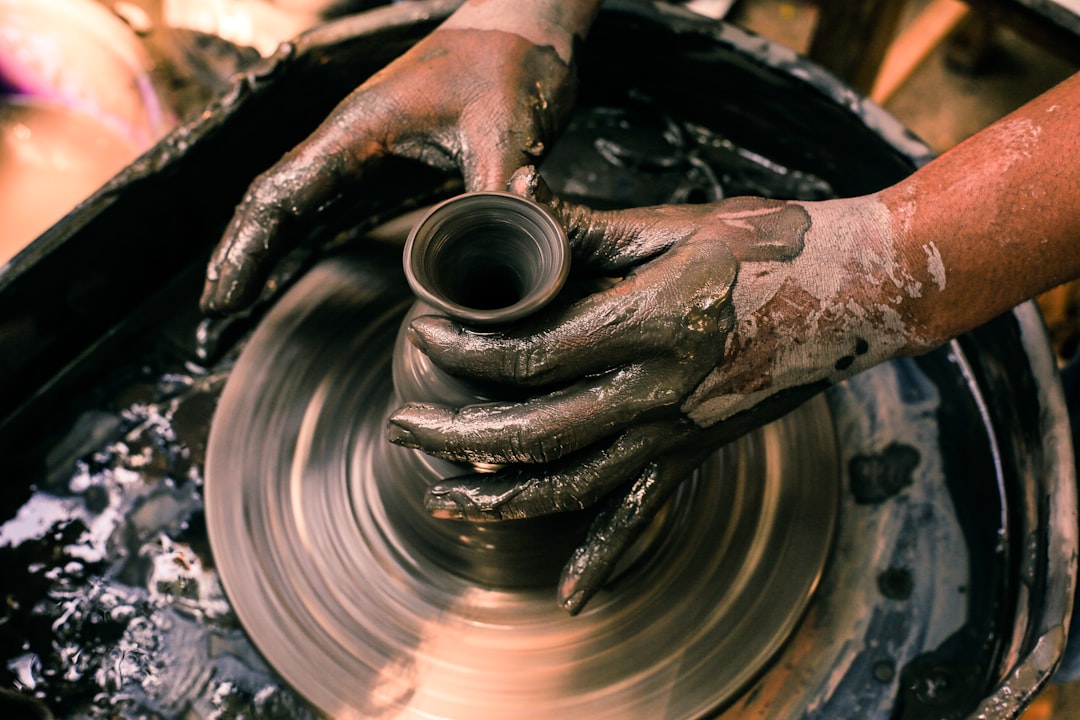When it comes to building a brand for your craft or handmade business, your logo is not just a decorative element—it’s a representation of your values, aesthetic, and professionalism. In an industry dominated by authenticity and personality, choosing the right logo can mean the difference between being remembered or being overlooked. Whether you’re a seasoned artisan or starting your first Etsy shop, a strong, recognizable logo is crucial.
TL;DR: Your logo is a vital branding asset for any craft or handmade shop. Great logos in this space are often handcrafted, nature-inspired, or minimalist in design. Consider materials you use or the emotions customers experience when creating your logo. Below are 12 practical, thoughtful logo ideas to inspire your design process and help elevate your handmade brand.
1. Botanical Line Art
Delicate floral or botanical elements drawn in a hand-sketched style lend an organic and artistic quality to a logo. This idea works particularly well for shops that focus on natural materials, skincare products, or eco-conscious packaging.
Pair these illustrations with soft, muted tones and serif or script fonts to maintain a warm, earthy brand identity.

2. Stamped Vintage Logos
Vintage or retro-stamped logos are reminiscent of old postal stamps or artisan maker’s marks. These usually feature bold, textured typography inside circular or rectangular formats, and they’re highly effective for shops that want to evoke a sense of heritage and craftsmanship.
Ensure the typeface feels aged and classic—think slab serifs or distressed sans-serifs.
3. Minimalist Craft Icons
Sometimes less is more. A single icon—a spool of thread, a crochet hook, or a pair of scissors—can act as the primary element of a minimalist logo. When paired with clean type, these icons can speak volumes.
Minimalist logos are especially helpful for digital-centric brands, as they maintain readability and clarity across multiple screen sizes.
4. Monogram-Based Logos
Using the initials of your brand in a stylish and customized way can lead to a highly recognizable and elegant mark. Monogram-based logos can be a good fit for jewelry makers, leather crafters, or any shop that markets to a premium audience.
Consider intertwining the letters in a unique form or encasing them in a badge for added sophistication.
5. Watercolor Typography
Hand-painted or watercolor lettering often strikes the perfect balance between creativity and authenticity. It communicates that each product is made with care and attention to detail—qualities that matter deeply to handmade customers.
Use this style in moderation by combining watercolor script with clean sans-serif fonts to prevent it from feeling too whimsical.

6. Natural Material Textures
Textural representations of materials like linen, leather, woodgrain, or clay can be subtly integrated into the design. These elements hint at the tactile nature of your products and give your logo dimensionality.
Texture can be applied in background patterns or brushed across text for a subtle yet effective touch.
7. Negative Space Magic
This design technique uses the space inside or between letters and shapes to convey something meaningful. For example, a hidden knitting needle inside a ball of yarn silhouette or a candle flame inside a letter ‘A’ can create a logo that sparks intrigue.
Negative space adds visual interest and makes your logo more engaging at a subconscious level.
8. Custom Calligraphy
Custom lettering done by hand—especially in the style of calligraphy—adds luxury and personal touch. It’s ideal for calligraphers themselves, stationery makers, and wedding artisan shops.
This approach is also very “on brand” for businesses that focus on the human element of communication, such as personalized gifts, handwritten cards, or bespoke illustration services.
9. Symbol + Text Combination Marks
Combination marks that include both a symbol and the business name can ensure maximum versatility. You can use the symbol independently (as a favicon or stamp), while the full logo remains robust enough for signage or packaging.
Choose symbols that are timeless and distinctive, rooted in the story behind your brand. Make sure the typeface and the symbol complement each other visually.
10. Whimsical Illustrations
For brands with a fun or quirky tone—perhaps shops that specialize in children’s toys, plush creations, or custom illustrations—a playful hand-drawn illustration can make an emotional connection with customers.
Characters, animals, and tiny detailed scenes draw the viewer in. Maintain simplicity to avoid overwhelming small applications like tags or buttons.
11. Geometric Symmetry
Geometric logos can evoke a sense of modernity, precision, and balance. This style tends to work best for shops that sell pottery, woven goods, or anything requiring fine craftsmanship.
Consider using tessellated shapes to represent repetition and care—two key concepts behind handmade products.

12. Rustic and Hand-Carved Styles
Inspired by wood burning, hand stamping, and engraving methods, rustic logos can convey a deep love for tradition and handiwork. Choose granulated fonts and maintain a limited color palette for an earthy, grounded appearance.
This style is especially effective for candle makers, chair carpenters, blacksmiths, and leatherworkers.
Final Thoughts
Deciding on a logo direction is a creative process that should reflect your mission, personality, and product quality. Before finalizing any design, ask yourself:
- Does it represent the values of your brand?
- Will it scale well across platforms and materials?
- Can customers recognize and remember it easily?
A handcrafted business deserves a handcrafted approach to visual branding. The 12 ideas above are not just design trends—they are strategic ways to communicate quality, trust, and uniqueness in your craft or handmade store. Take the time to explore multiple styles and seek feedback from loyal customers or fellow artisans before committing to a final design. A thoughtful, well-designed logo will do more than decorate your packaging—it will shape how your brand is experienced and remembered.
